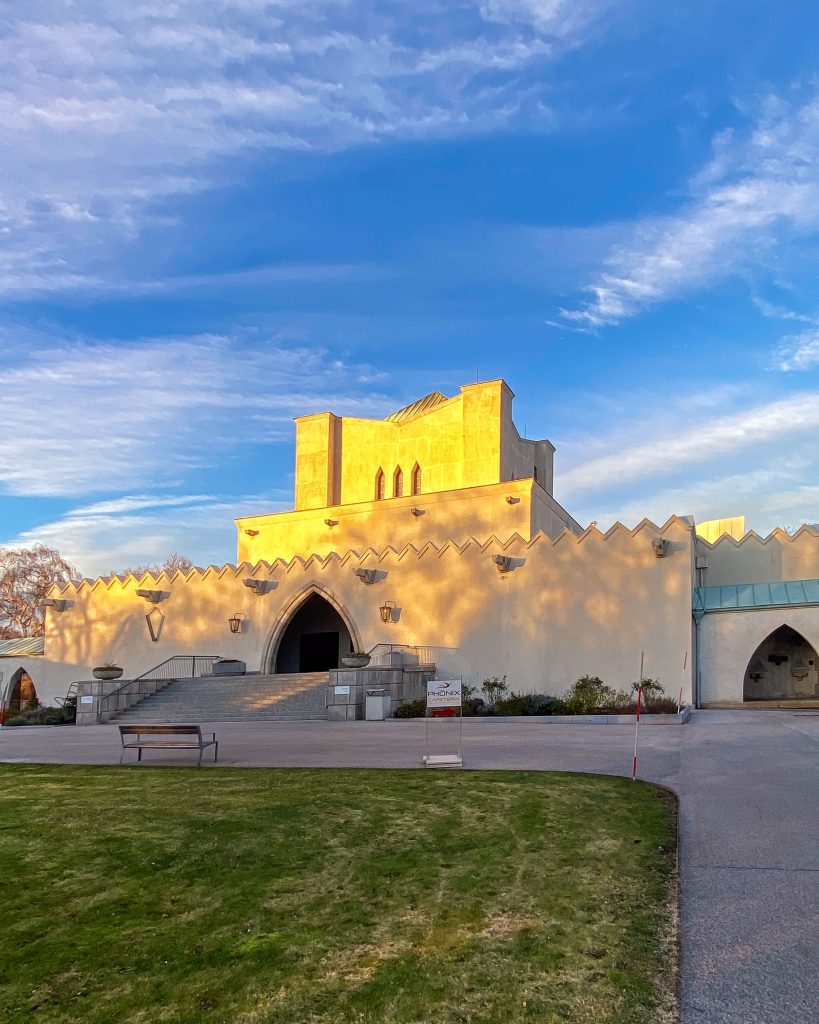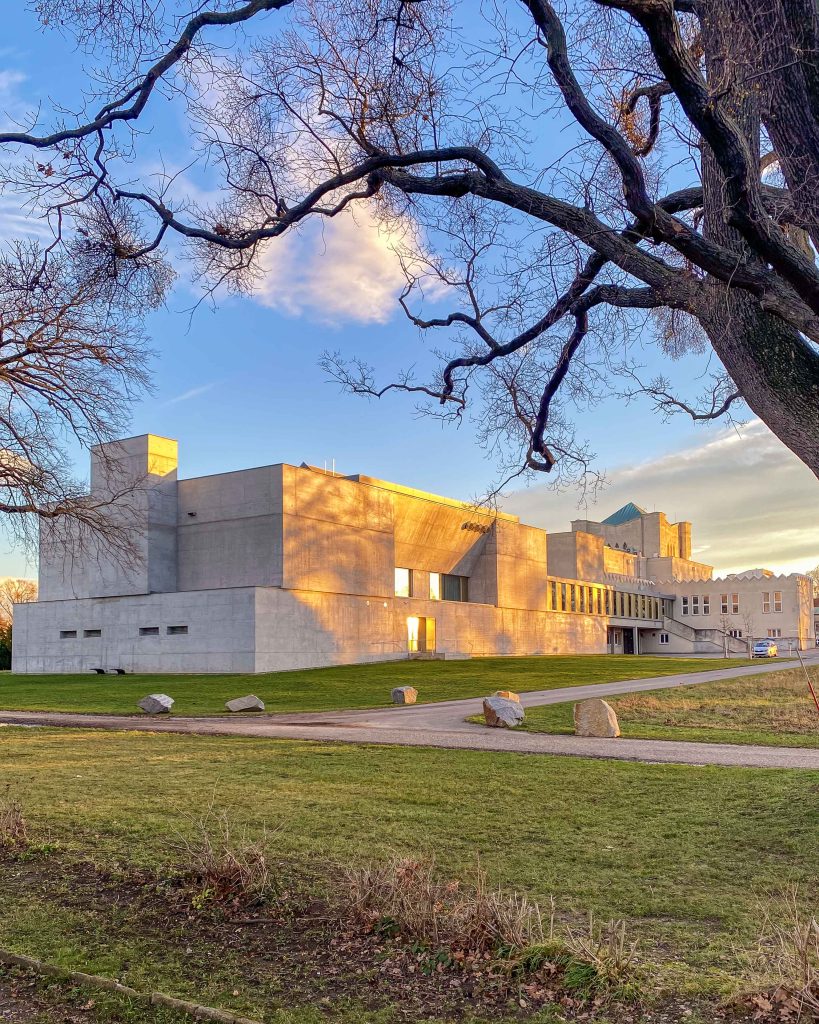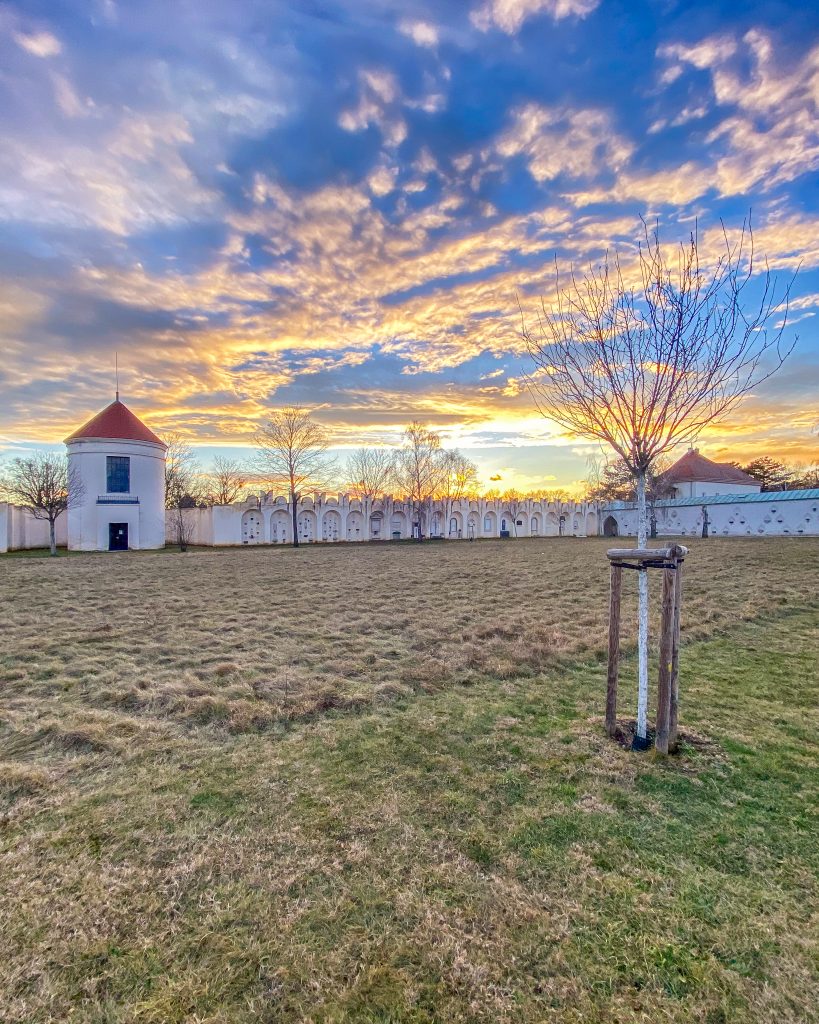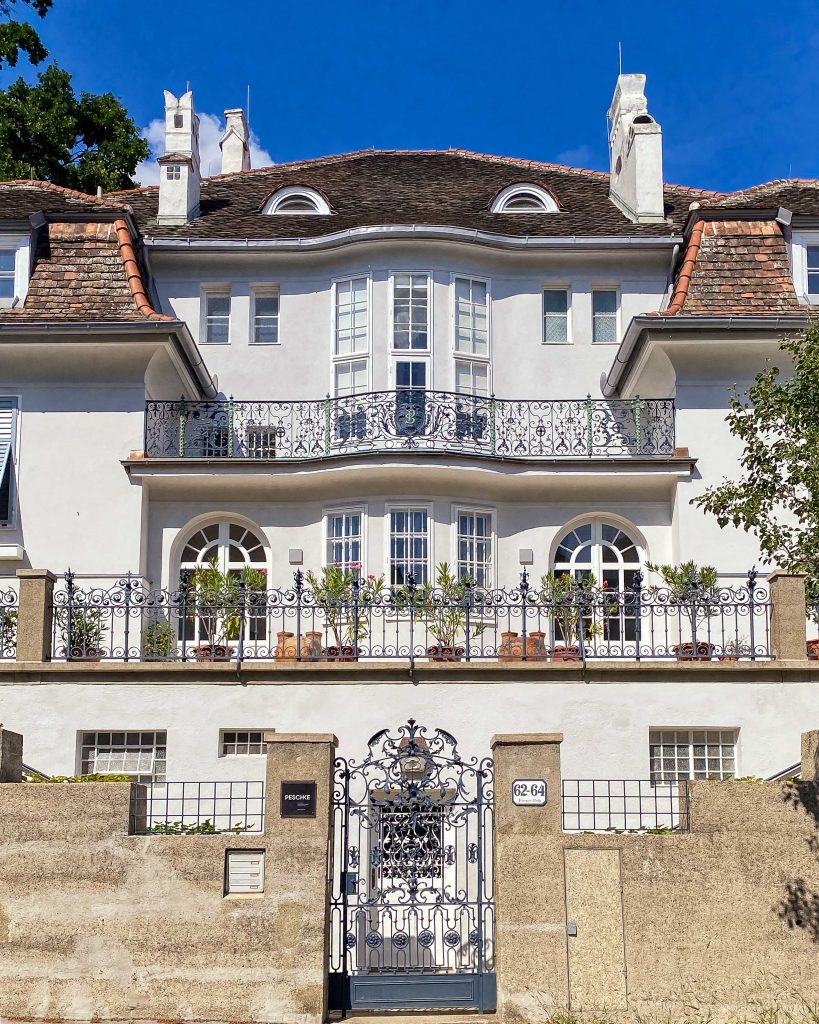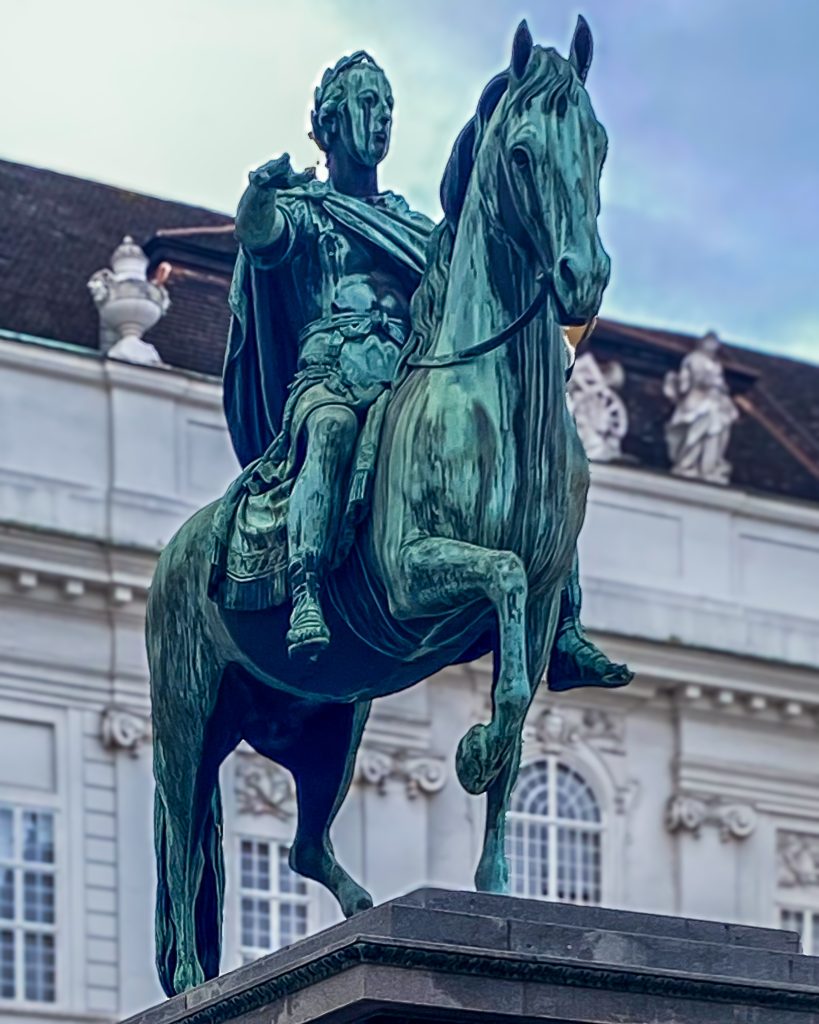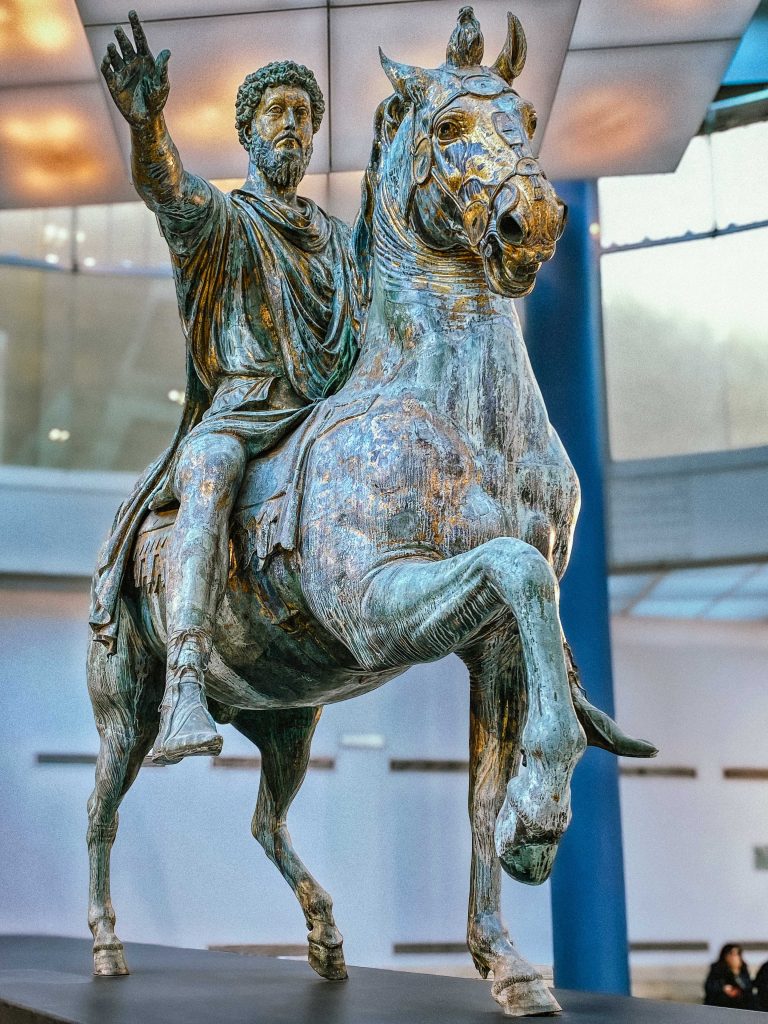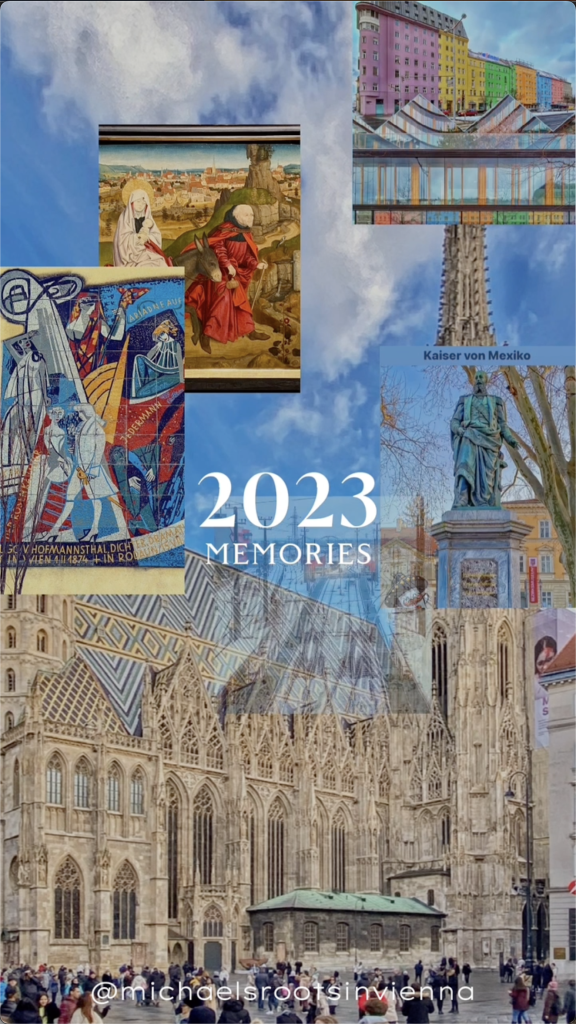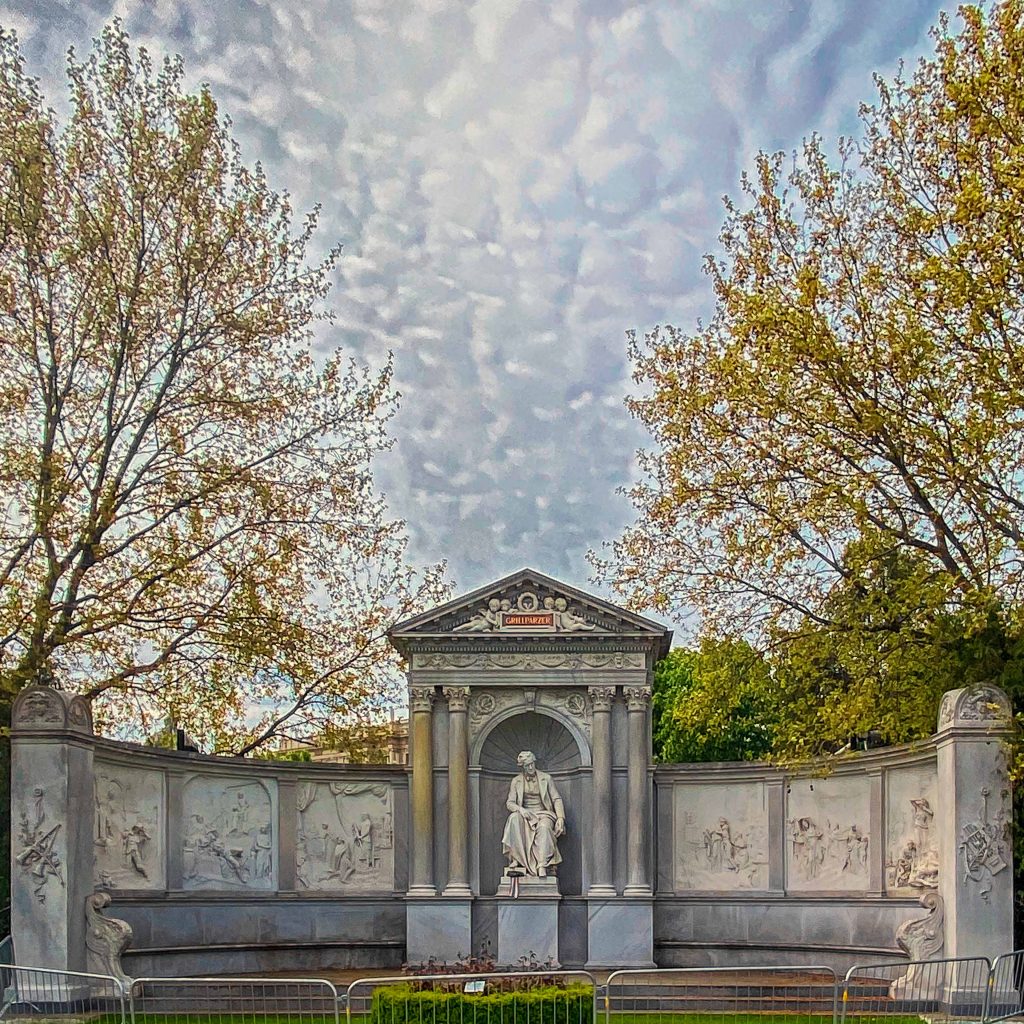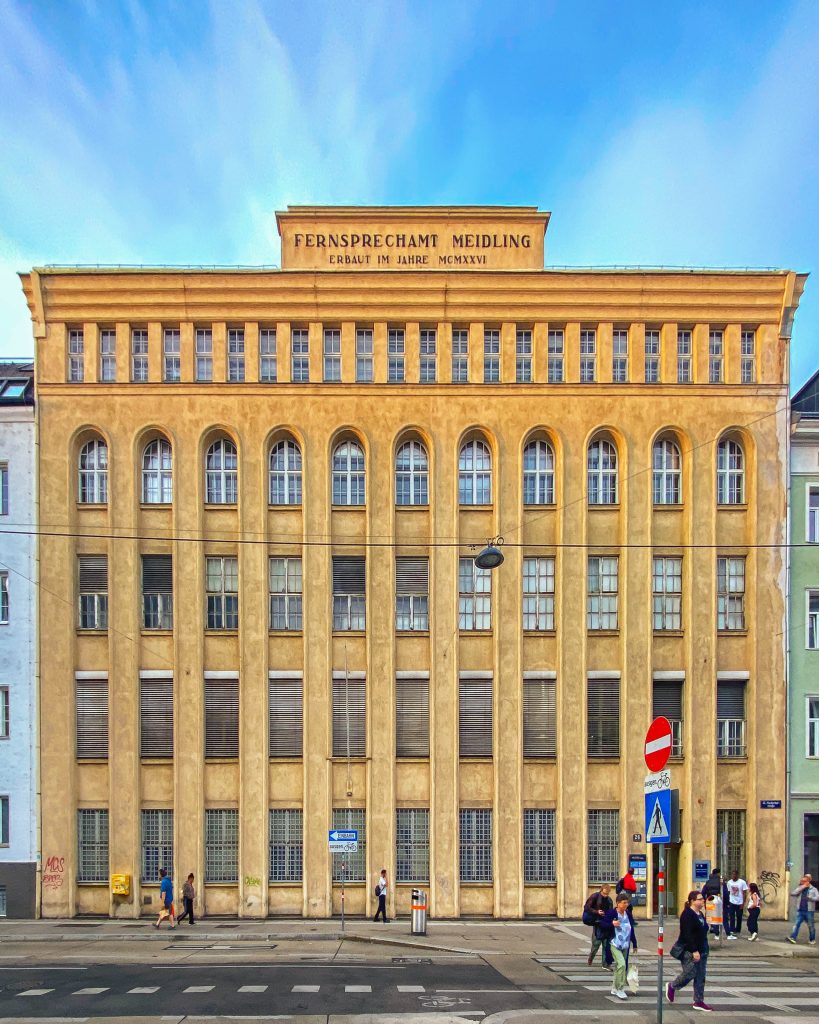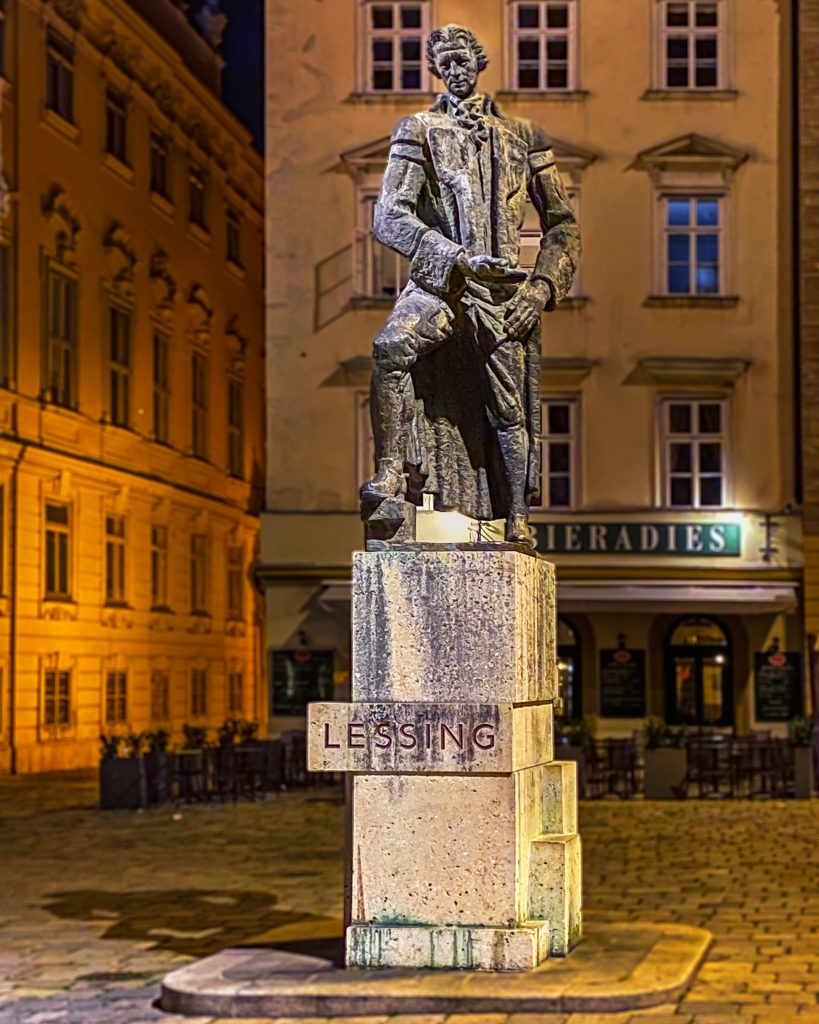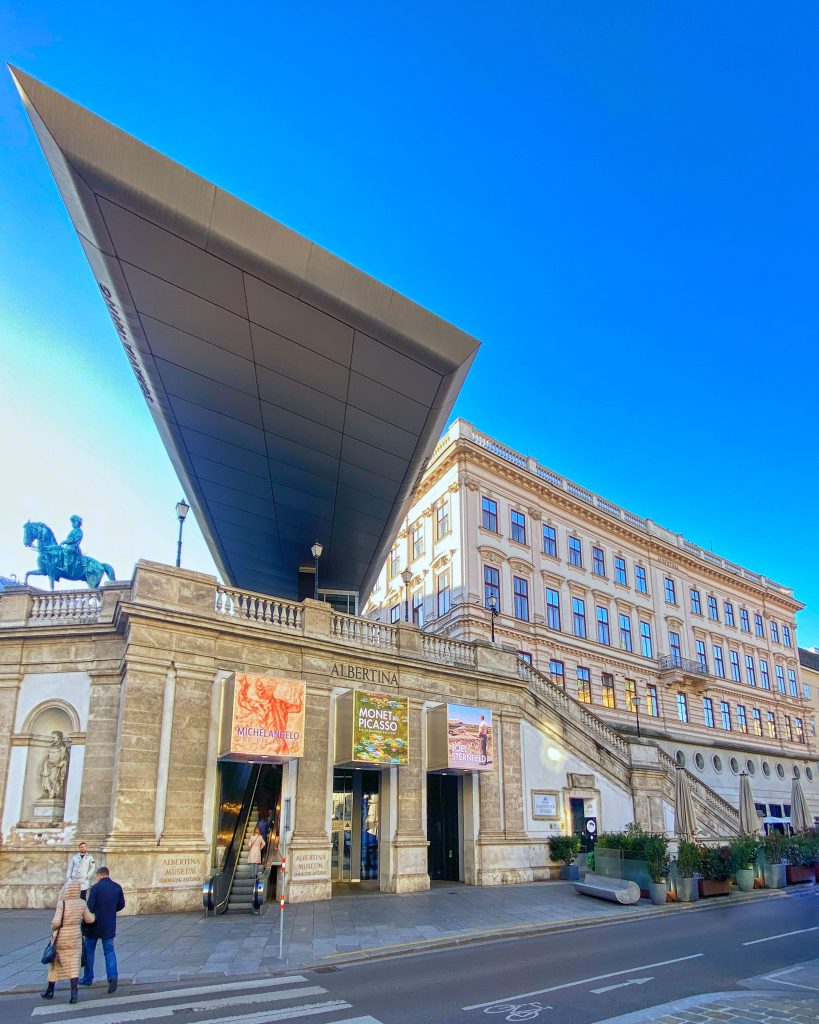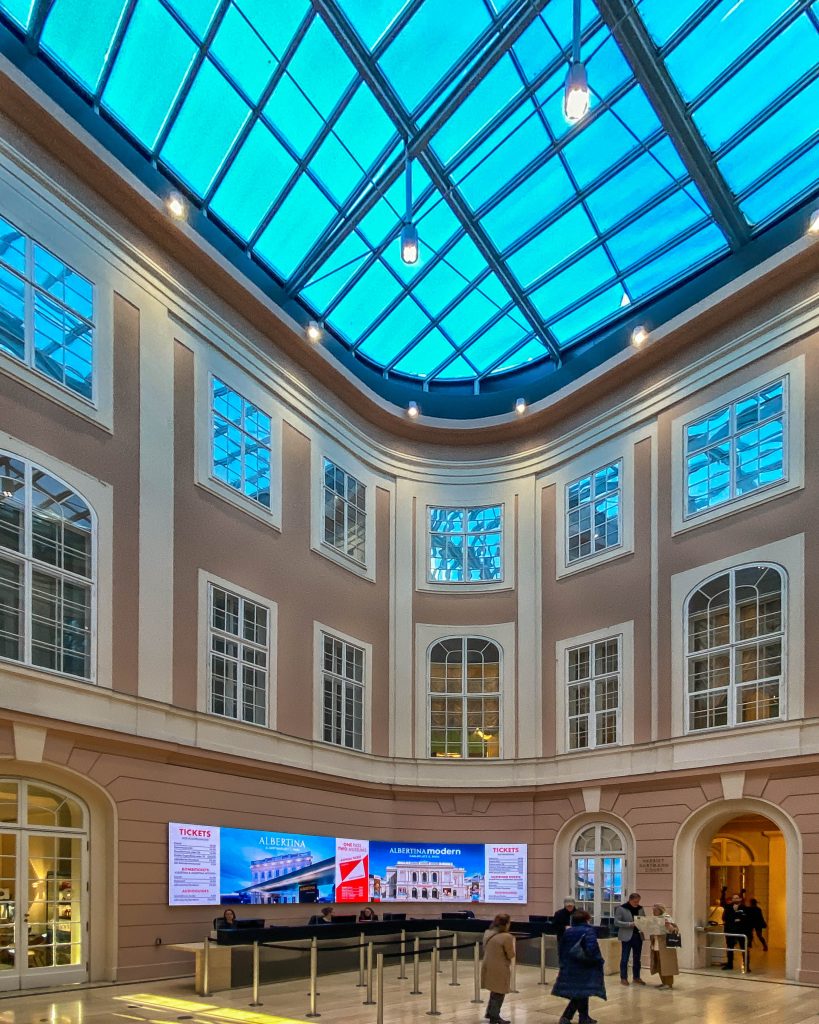Domenig House
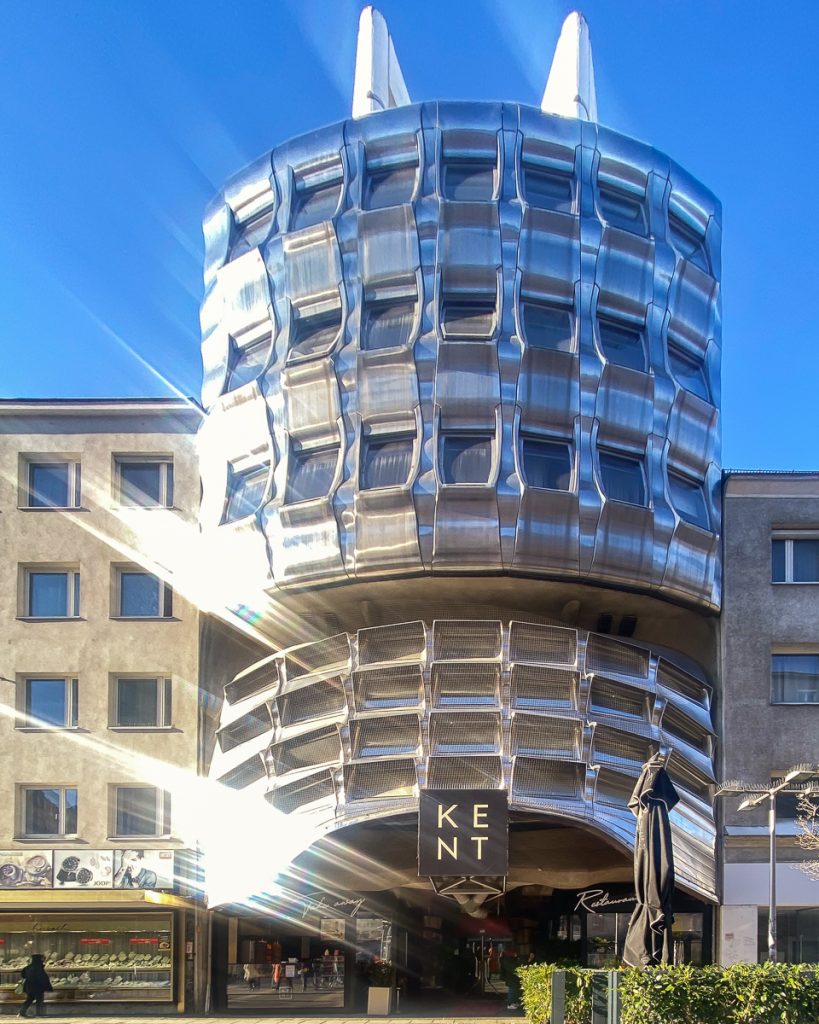
Named after the arch. Günther Domenig in the 10th district the Domenig House from 1979 is considered a major work of the avant-garde „Graz School“, a movement of the 2nd half of the 20th century with impressive cubatures and façades. Originally built as a bank building for the former Zentralsparkasse (now Bank Austria), it now functions as an office building for the Vienna Echo publishing house, among others.
The now listed „house with the kink“ directly between the subway and Victor-Adler-Markt has hardly any straight lines inside or out and features a sculpturally expressive self-supporting façade made of stainless steel panels, which is unusual for Vienna and appears to be squeezed between the neighboring buildings like sheds or veins.
